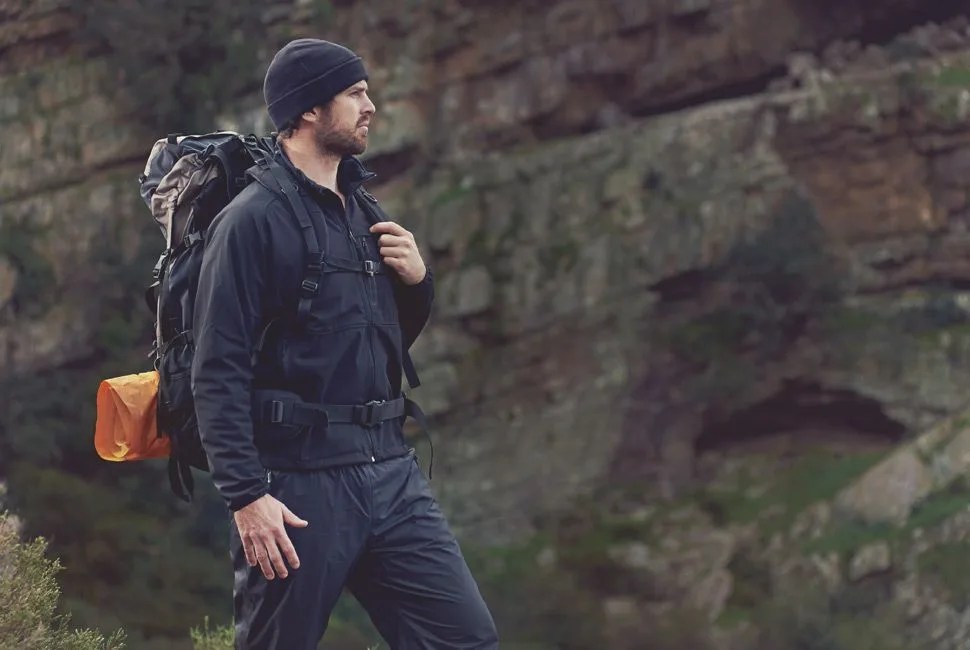Editor’s Note: This primer is the first in a series profiling the best backpacking gear and training for your summer and fall adventures. Stay tuned for more on backpacking food (it’s not all just MREs), training for the long haul and the best in ultralight packs and shelters.
Every year, the next generation of outdoor gear hits shelves with reimagined designs and reinvented fabrics, each lighter and more streamlined than yesteryear’s. For most (provided they have the funds), less pack weight means one more step towards the dream of an epic ramble down the Appalachian or John Muir Trail (as well as back relief). But there are also the obsessives, the hikers who view ultralight as a philosophy, a way of life. What other hikers consider ultralight gear, they consider a collection of unnecessary straps, mesh and liners that need to be cut.
In the spirit of facing nature in a more primitive and connected fashion, these weight watchers have deconstructed hiking down to its key components in order to bring only what they need. They count every calorie. Every ounce of gear must have a purpose. This is calculated hiking, and it helps push ultralight hikers farther down the trail and farther away from the crutch of modern conveniences. It isn’t just about hiking farther — it’s about hiking exposed to the elements, sleeping under a flimsy tarp tent and brushing with a sawed-off toothbrush.
But for the average hiker or backpacker, new ultralight gear also brings an abundance of new jargon. Terms like “ultralight” and the even lighter “minimalist” are thrown around by nearly every major manufacturer (not to mention the legions of upstart, niche brands); it’s hard to discern the truly lightweight, comfortable gear from the imitators, and all too easy to set out underprepared and underfed. Below we attempt to make sense of the confusing concept of going out into nature as minimally prepared as possible, or completely prepared, depending on your brand of insanity. Take some tips here and there, use this as a jumping-off point, and hopefully you’ll be able to shave a few pounds off your back and hit the trails faster and freer.
MORE HARDCORE HIKING 10 Most Dangerous Hikes | Interview With Andrew Skurka | Best Backpacking Boots of 2014
Initial Assessment

The most important thing to be aware of is what your environment demands. If you’re crazy enough to set out on a circuit of the Pacific Crest Trail, your loadout will be much different from that of a long weekend of lake hopping in upstate New York. Naturally, the big three — shelter, water, and food — will consume the lion’s share of the weight you carry and dictate how far you can go. There are tradeoffs to keep in mind: are you willing to carry an extra bulky pad to avoid sleeping on jagged rocks? Maybe you’re a backcountry culinary expert and require a portable spice rack (yes, they exist). Whatever your particular trail quirk, it’ll require a little extra weight and cash.





